Flooring is the largest surface of your home. Knowing how to choose flooring color for your home is crucial for your interior decoration because let’s face it, it’s permanent. You need to consider all kinds of possibilities when selecting the flooring color. Your space, light exposure, furniture, and desired aesthetic are critical parts of the flooring color consideration.
So, how can you choose the perfect flooring color for your home? Let’s discuss.
Table of Contents
Plain Flooring VS Textured Flooring

Before getting into how to choose flooring color for your home, let’s talk about texture. Whether you choose plain or textured floor plays a massive role in your color selection. You can add texture to your floor by adding a carpet or picking textured wood. You can also find floors with textured surfaces to mimic the texture of a real floor.
For textured flooring sticking to a neutral color will give the interior a blank canvas that you can play around with furniture and other accessories. It brings a sense of comfort and calm. Sticking to neutral color also helps balance out the accent that the texture adds.
Currently, the most popular wood flooring texture trends are –
Handscraped Wood Floors
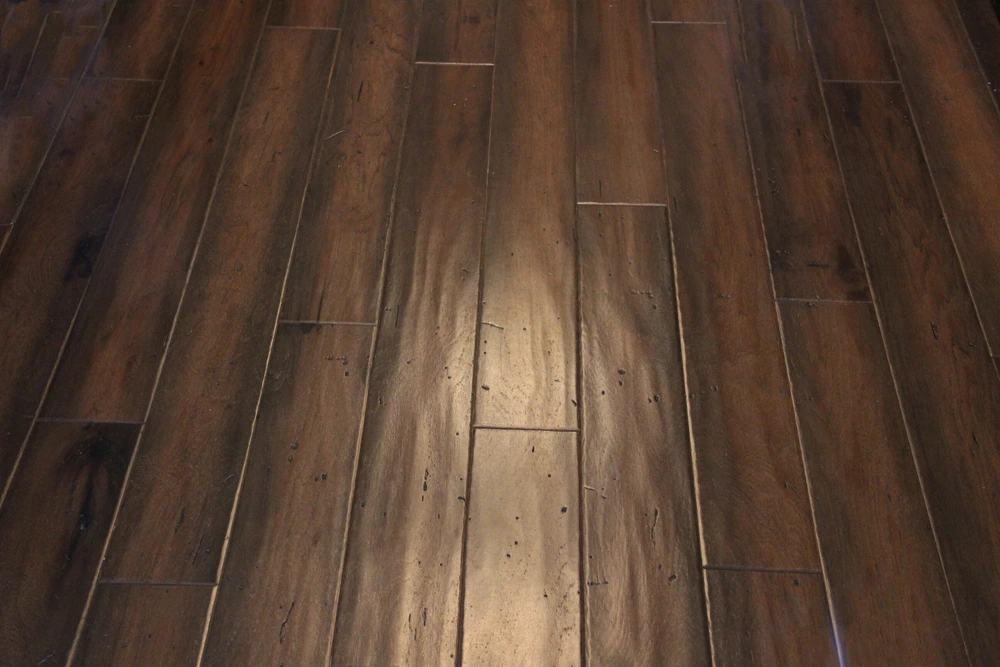
This unique texturing technique makes the floors look weathered while still adding a hint of freshness. It gives the wood a rustic look and feel that can enhance the aesthetic of the entire interior space. This classy wooden look has been popular for quite some time and will continue to be in the coming years.
Wirebrushed Wood Floors
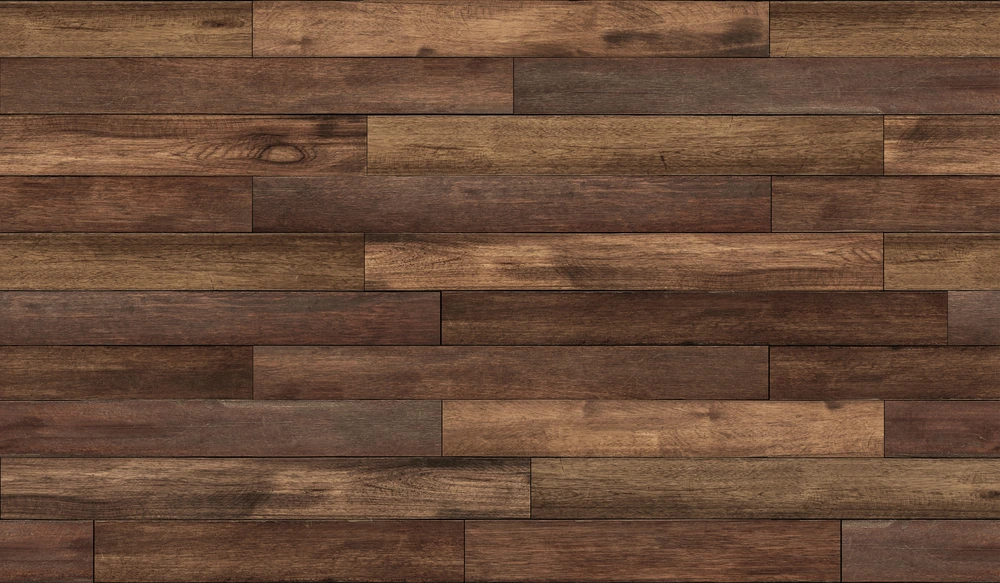
Wirebrushed lies between hand-scraped and distressed wood flooring, giving a rustic and unique finish with more subdued and streamlined texturing. Even though the trend is leaning towards imperfections and characters, these floors will stay in trend in the foreseeable future.
Distressed Wood Floors

Distressed wood adds a unique character to the floor, whether the texturing comes from a factory or a real aged lumbar. The rustic look instantly transforms the space to make it look cozier, which appeals to a younger consumer base.
Current Flooring Color Trends
Although we suggest not to follow trends blindly, it’s helpful to look at the color trends before choosing flooring colors. Some popular color trends right now are –
Blond

The timeless look and feel of blond flooring bring a homely feeling to the interior. It brightens the space and elevates the look, making it one of the trendiest floor colors right now.
You can bring a hint of blond into your home with hardwood, bamboo, vinyl, laminate, or even wood tiles. Specifically for woods, you can try red oak, white oak, maple, birch, ash, or bamboo. The best part of this gold flooring color is that it gives you a wide range of materials and wood species options.
White and white undertones
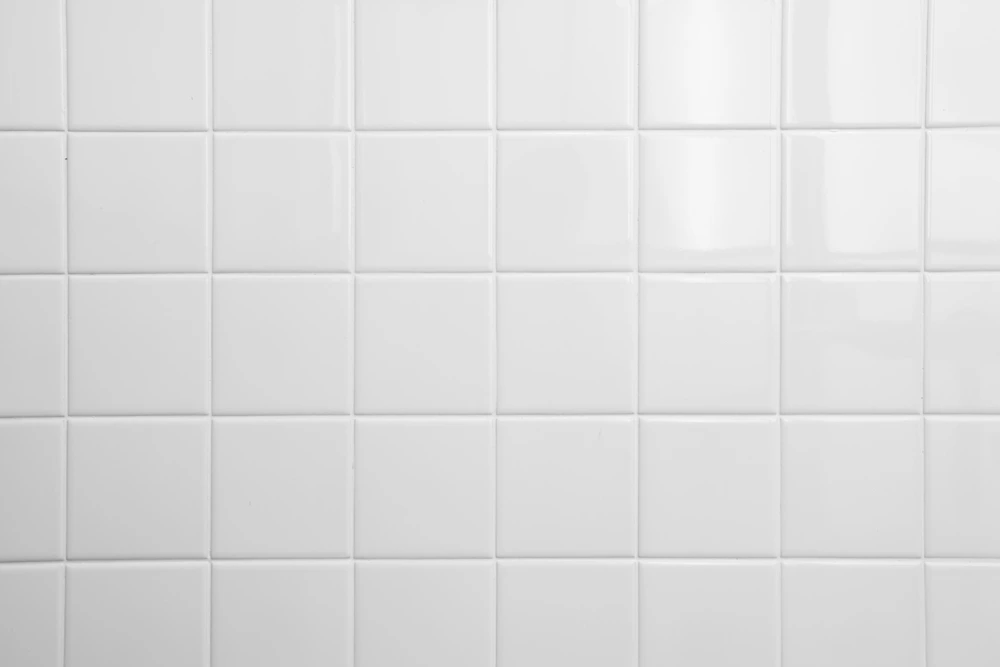
White and its undertones can instantly transform and brighten up the space. The best part about this color is you can create both a modern and vintage look with it. White tile and whitewashed wood are the best flooring material to create this look.
White floors are also excellent for now-trending farmhouse-style homes that feature a plethora of sunlight, especially in kitchens. They can also create a beach house or an upscale contemporary feel, depending on the rest of your décor.
Classic gray

Tones of gray have been trendy as floor colors for quite some time, mainly due to the muted background it creates for the interior design. Darker shades of gray are widely popular in open spaces to make it more concise and cozier, while lighter shades make the place appear more open and larger.
For materials, wood and tiles are the best choices for this color. However, concrete floors with natural finish are also great, particularly in living spaces, to create a contemporary look.
Walnut
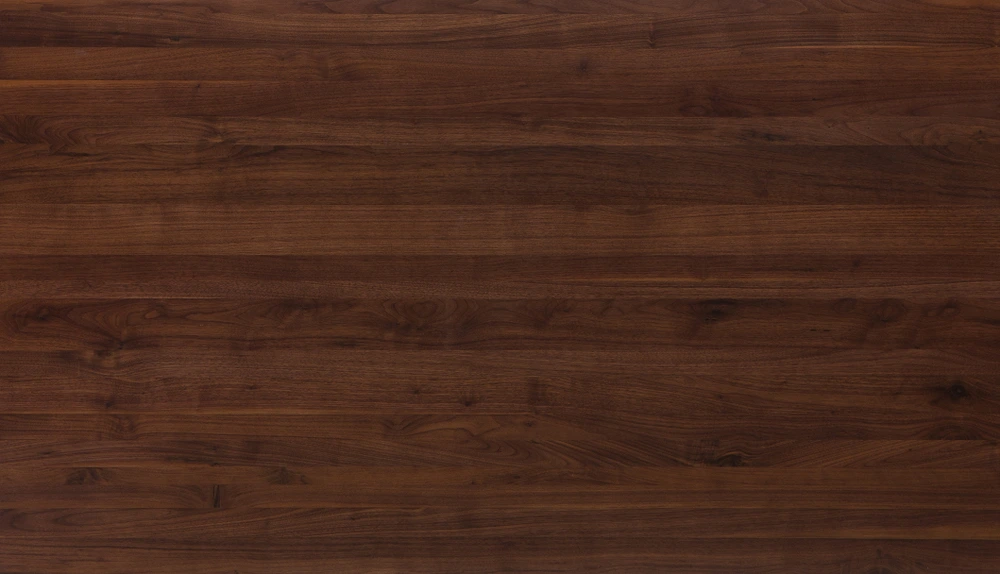
The natural walnut tone is a great way to create warmth in any interior space. Wood and tiles are the best material to use this color for your flooring. The tone has a sense of richness to it that is unlikely to go out of style anytime soon.
The traditional hardwood walnut flooring is made from walnut wood, which can cost a little more in comparison. Vinyl, laminate, cork, etc., also offers a rich walnut finish without costing as much.
Honey or cooper
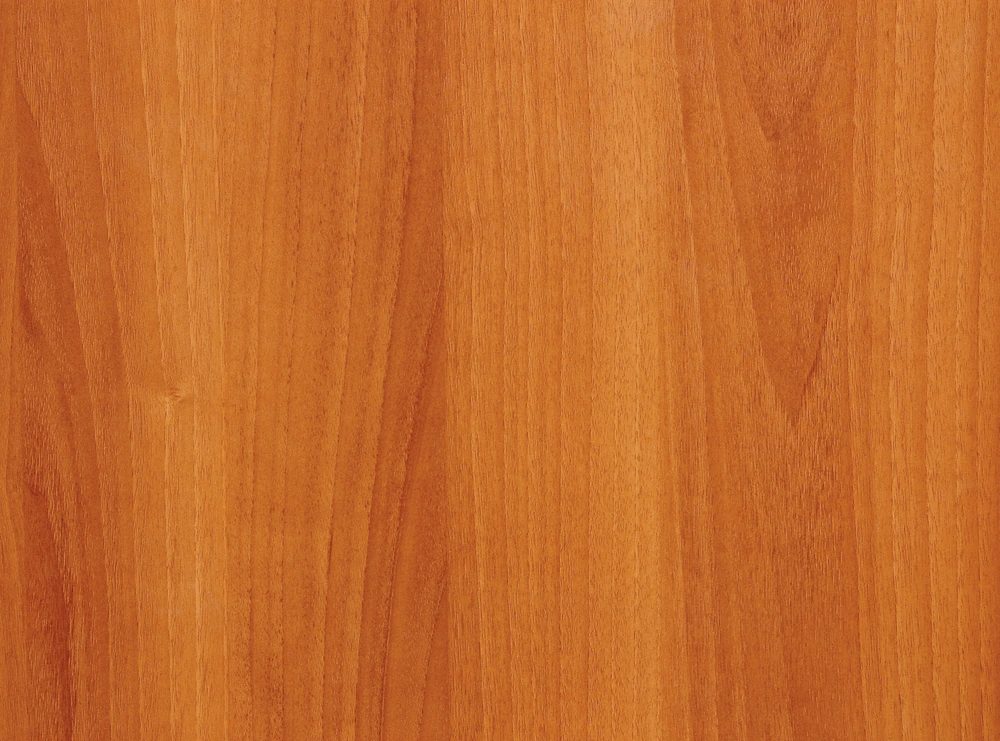
The honey or copper flooring color lies somewhere between blond and walnut color. The natural brown tone adds warmth to the space while still offering more neutrality in comparison to walnut. This medium tone makes the interior look more spacious.
The honey or copper tone is an easy-to-find tone available in a wide range of wood species. You can also find it in vinyl, engineered wood, and laminate flooring. A shiny, rich finished honey flooring is extremely popular right now.
Things to Consider Before Choosing Flooring Color

Size of the room
The size of your space is the most crucial consideration when choosing the flooring color. Lighter tones make a room seem larger, while darker shades do the opposite. If the room is spacious and open with large windows, you might want to use a darker and warmer tone to make it feel cozier and add a boundary to the area. For a smaller space, use muted and light tones to make it appear larger and more open.
Color of the existing floors
If you use different colors in different parts of your home, you can either match the tone or contrast with the existing color. Contrasting flooring colors are very much in trend right now for an open-plan home. The most important thing to keep in mind is that the floor colors complement each other. Meaning the line that joins the two colors shouldn’t stick out. You might also want to pay attention to the color palette and materials to contrast the floors better.
Furniture and accessories
What color furniture do you have? What about curtains? Will you place rugs on the floor? Does the space have an accent wall? These are all critical questions to ask before choosing a flooring color.
For areas with statement pieces, stick to a single style and color throughout the entire floor. Otherwise, it might take away the attention from the accessories. Even though sticking to white or gray tones is the safest, you can still go for warmer and brighter colors as long as it complements the furniture and accessories.
Pets and babies
The flooring color consideration should reflect maintenance and long-term usage. If you have pets, steering clear of dark floors would be best. Most pets tend to shed a lot, which will show on darker color floors more. Similarly, gray or blond tones are more suitable for a baby’s room as they won’t show debris and dirt as much.
Click here to learn more about dog-proof flooring.
Aesthetic and mood of the space
Flooring will affect the mood and feel of a room. Dark floors create a sense of moodiness, whereas white or light timber finishes will create a breezy beach house feel. So, focus on which mood you are looking for in your home. Emphasize the bigger picture to choose a color that will bring the whole look of your home together.
Although the house’s location and style play an essential role in the flooring color, you can still have some room to play around. For example, adding bold textures and colors can work in both coastal and urban residences.
Focus on the light
The lighting of your home varies significantly throughout the day. If you have a lot of natural light, you will get warm sunlight in the morning that gradually becomes cooler as the day progresses. The natural light again turns into warmer tones in the evening as the sun sets. At night, the tone of the light entirely depends on the type of bulbs you have in your home.
For example, if you have picked a warmer floor to offset the cool lighting throughout the day, you will feel that planks look oversaturated under a warm bulb. The same applies to a lighter color, which gives off a golden hue in the natural warm light but loses its already low saturation in a blue-biased light. Changing the bulbs in your home to better match the look of the lighting in the day can help reduce this and keep a consistent look.
Adding Vibrant Colors to the Floor

Adding vibrant and textured rugs can bring life to your floor and help bring the whole look together. Rugs and carpets are best to add colors to the floor as they are not permanent, and you can choose trendy looks that you can switch with seasons. Traditional rugs with unique and rich designs such as Moroccan, Persian, or Oriental rugs have the ability to become the focal point of any space.
You could also experiment with patterns. For example, try pairing a patterned rug with a striking floral wallpaper or a bright-colored sofa. This way of injecting design and color into space works in sweeping, grand areas. You can also pair a couple to draw the eye to different zones within a space and in smaller rooms in the house.
Are you ready to choose flooring color for your home? Comment below to ask us any questions!







One Response